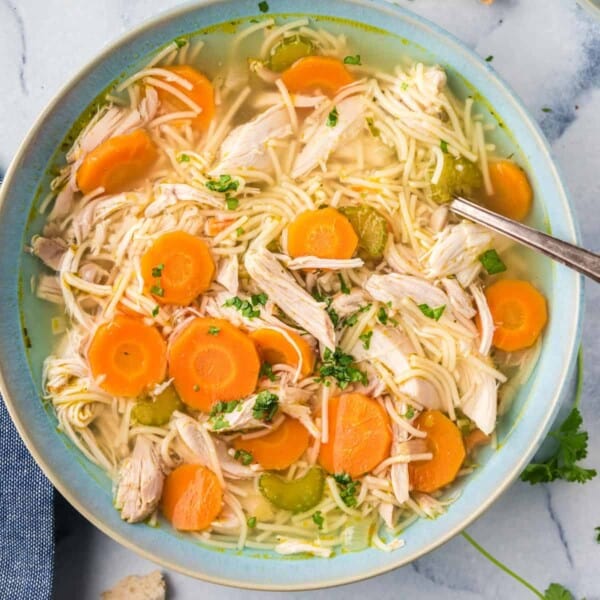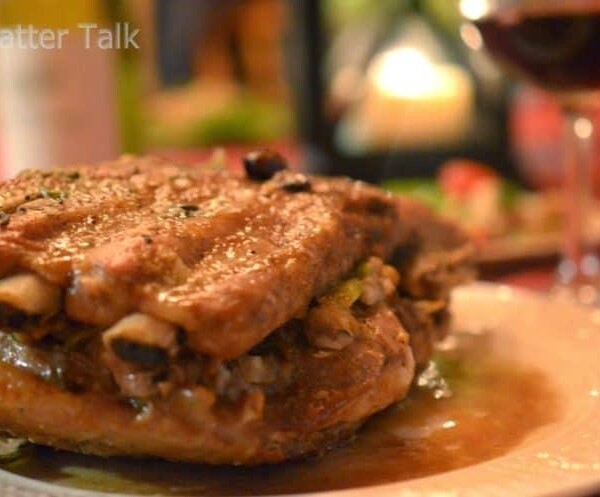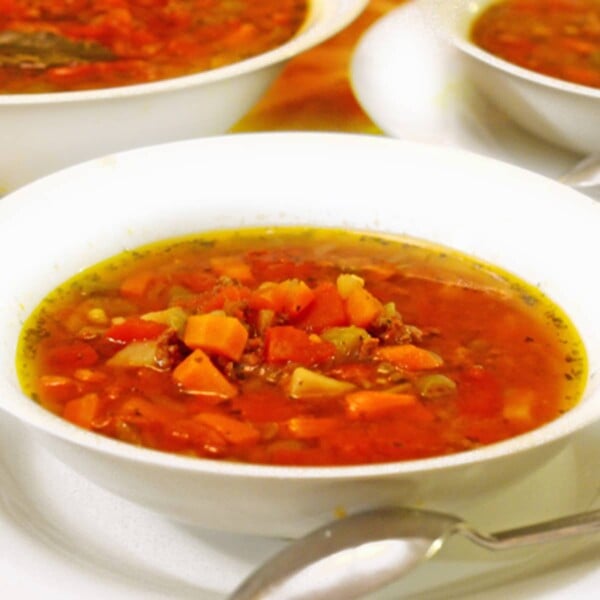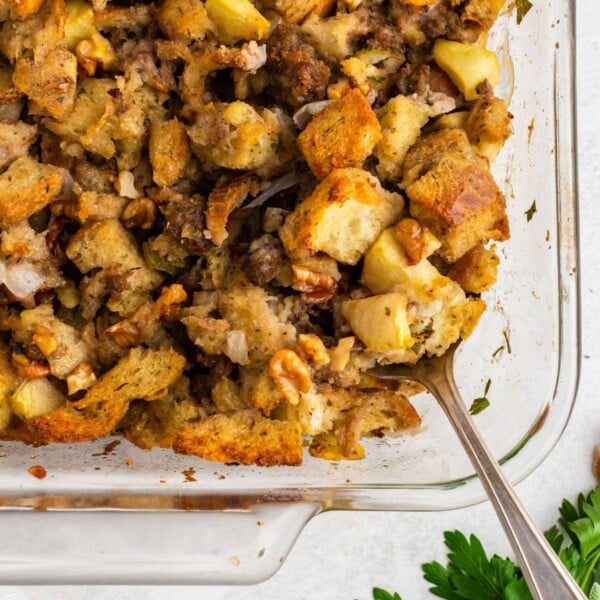Stalk of Celery vs Celery Rib: Key Differences
Updated Jul 02, 2025
This post may contain affiliate links. Please read our disclosure policy.
Wondering what a ‘stalk of celery’ really means? At the grocery store in the United States, you’ve probably seen it labeled both ways. In recipes, a ‘stalk of celery’ usually means a single rib, not the whole thing. Technically, the meaning of a celery stalk refers to the whole head of celery.
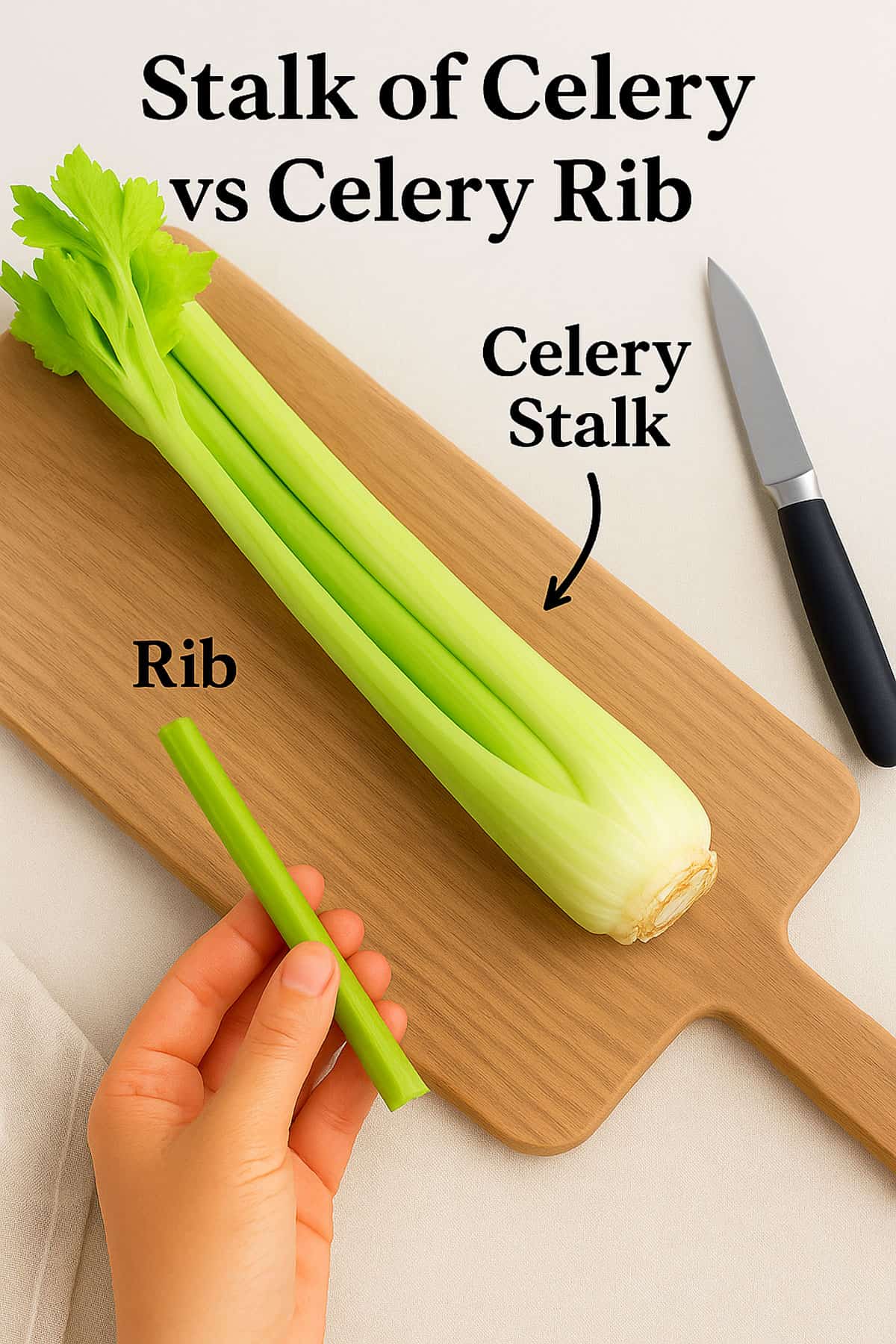
💡 Need to Know: Celery Stalks vs Ribs
📌 When a recipe says “1 stalk of celery,” it usually means just one rib. That long, single piece you break off and chop is what most recipes are referring to.
🌱 Technically, the stalk is the whole bunch of ribs attached at the base. That’s where a lot of the confusion comes from.
🥴 Mixing them up can throw off a recipe. Using two whole stalks when it really means two ribs is a lot more celery than most dishes need.
🍲 Use individual ribs for things like salads, soups, and snacks. Save the full stalk for broths, stocks, and gravy.
🔪 To prep celery the right way: rinse under cold water, trim the ends, and peel off any stringy bits with a veggie peeler.
🥶 Storing tip: Wrap uncut celery in foil or store chopped ribs in an airtight container with a damp paper towel.
🥬 Bonus: Celery is low in calories, packed with fiber, and naturally hydrating. It’s a smart and crunchy addition to any meal.
Table of Contents
- Why This Matters
- What Is a Celery Stalk?
- Defining a Celery Rib
- Celery Misunderstandings
- Why One Celery Rib Can Make All the Difference
- How to Prep Celery Ribs and Stalks
- Why Peeling Matters
- Celery’s Health Benefits
- Cooking with Celery: Smart Uses & Storage Tips
- Cooking with Celery
- Questions about Celery
- Related Recipes
Why This Matters
Sometimes, the most basic cooking terms are the most understood. How do you grease and flour a cake pan? Can you put a plate in an air fryer? How do you thicken a sauce?
These are all common cooking questions, and today we’re going to talk about one of our favorite ingredients: Celery. What is a stalk of celery? What is rib of celery? The answer will probably surprise many of you!
This kitchen tip clears up the confusion, walks you through the different parts of the celery plant, and explains how to use celery in your cooking with the right results.
Celery is a type of celery plant that’s both nutritious and incredibly versatile. Whether you’re whipping up a southern cornbread dressing, tossing together the best Waldorf salad, or using it to scoop up some slow-cooker buffalo chicken dip, celery shows up in countless dishes.
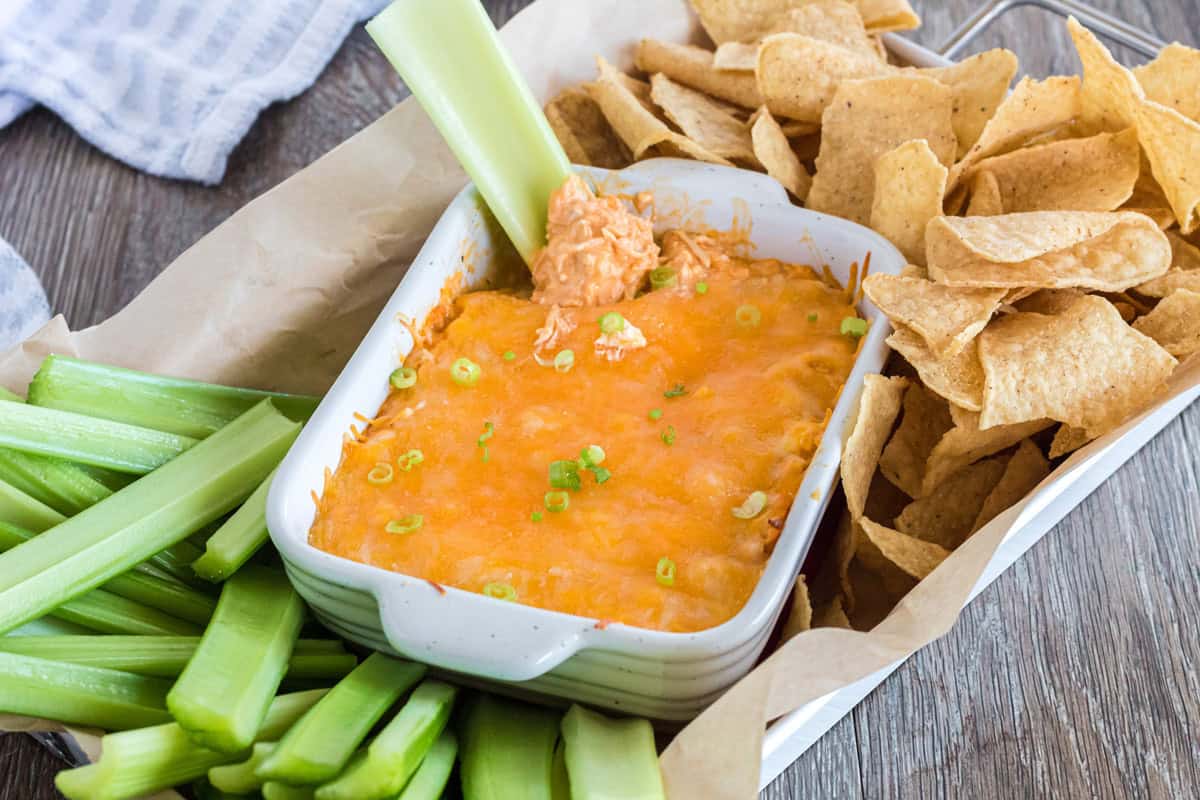
At its core, a celery stalk is the whole cluster of ribs, which means the entire plant, including all individual sticks of celery, leaves, and the bottom section. The stalk connects to the main stem of the plant, often referred to as the celery petioles in botanical terms.
Each single piece of celery, or rib, is what you often break off and use in everyday cooking. These tender stems offer a crisp texture and distinctive flavor to salads, soups, and snacks.
What Is a Celery Stalk?
In botanical language, the stalks of celery (or just “stalk celery”) refer to the whole heads you buy. This includes every rib, leaf, and the base of each rib, extending from the celery root to the leafy tips. Some varieties, like Pascal celery, tend to have thinner stalks but more flavor.
In culinary usage, though, “celery stalk” often means just one rib. That’s where the confusion starts. So, when a recipe says “1 stalk of celery,” it usually means 1 rib and not the entire plant.
Defining a Celery Rib
A celery rib is a single segment of the plant, usually pulled from the whole cluster. Each rib contributes a slightly bitter, crunchy stalk that balances savory dishes.
Celery ribs are a frequent part of the best finger foods and appetizers. Like a good beer dip, or a bowl of tasty homemade guacamole.
Whether it’s chopped into medium-sized dice for mirepoix or eaten raw, ribs are the most commonly used part in recipes.
Celery Misunderstandings
Many home cooks mistake a rib for a stalk, and vice versa. This leads to inaccurate measurements that throw off recipe proportions. Misreading a recipe calling for “two stalks” and using two whole heads of celery instead of two ribs? That’s a lot of celery!
That’s why we always recommend reading detailed instructions and paying attention to context in recipes, especially those involving celery plants or stalks of celery.
Want to Save This Recipe, Friend?
Why One Celery Rib Can Make All the Difference
Using just one stick of celery or a single rib can change the flavor profile of a dish. Add it to a favorite Bloody Mary, dice it into soup, or top it with peanut butter for a quick snack. Celery is subtle but powerful. It has a much milder flavor when used in moderation, so even one rib can enhance a recipe without overpowering it.
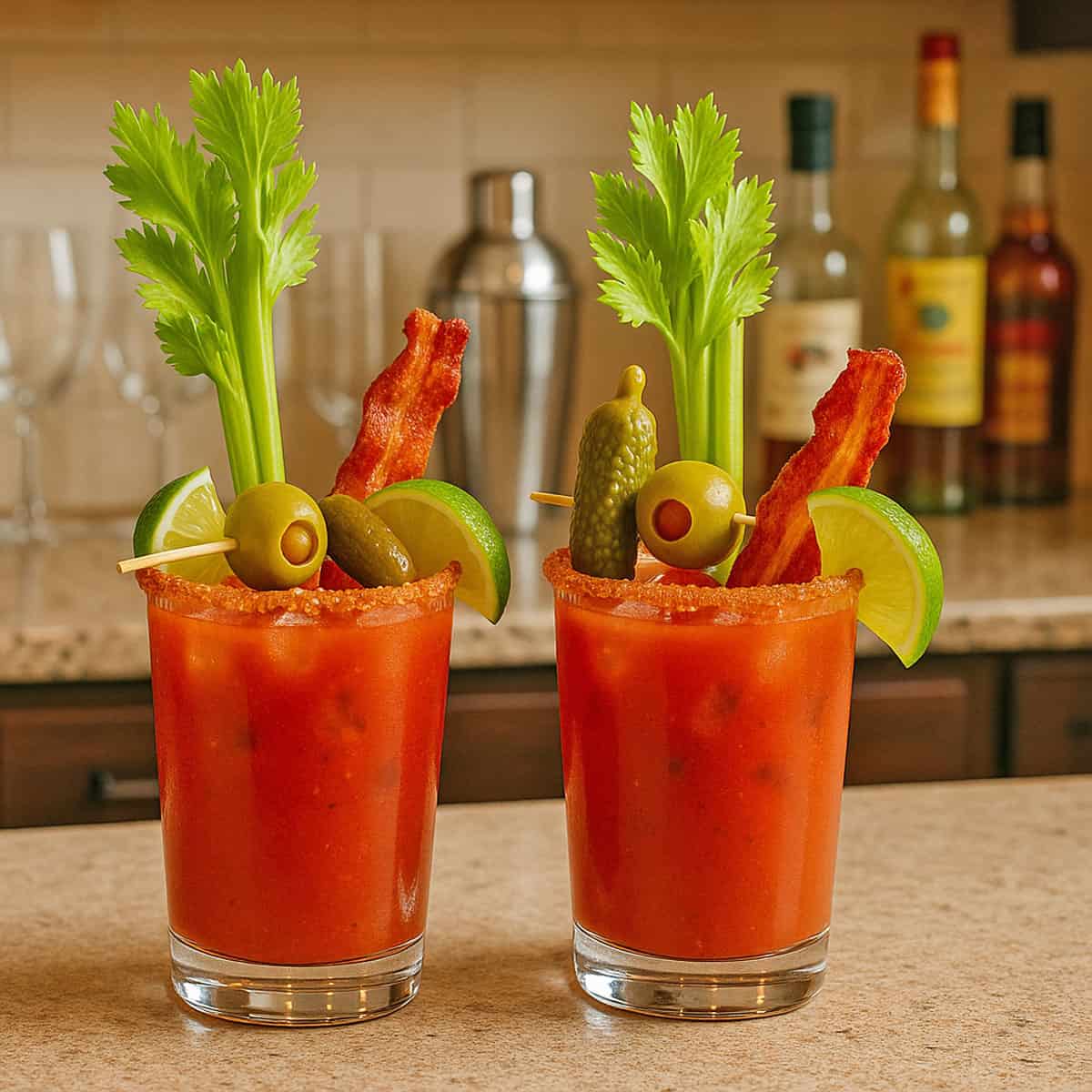
The tender stem of a celery rib can also be a standalone snack, or maybe jazzed up a bit, as in ants on a log. (Who hasn’t snacked on this fun food before?!
How to Prep Celery Ribs and Stalks
- Rinse under cold running water or cool running water to remove debris.
- Trim the base of each rib and remove the tough membrane of the celery ribs.
- For added tenderness, peel off the stringy outer layer of the celery using a vegetable peeler.
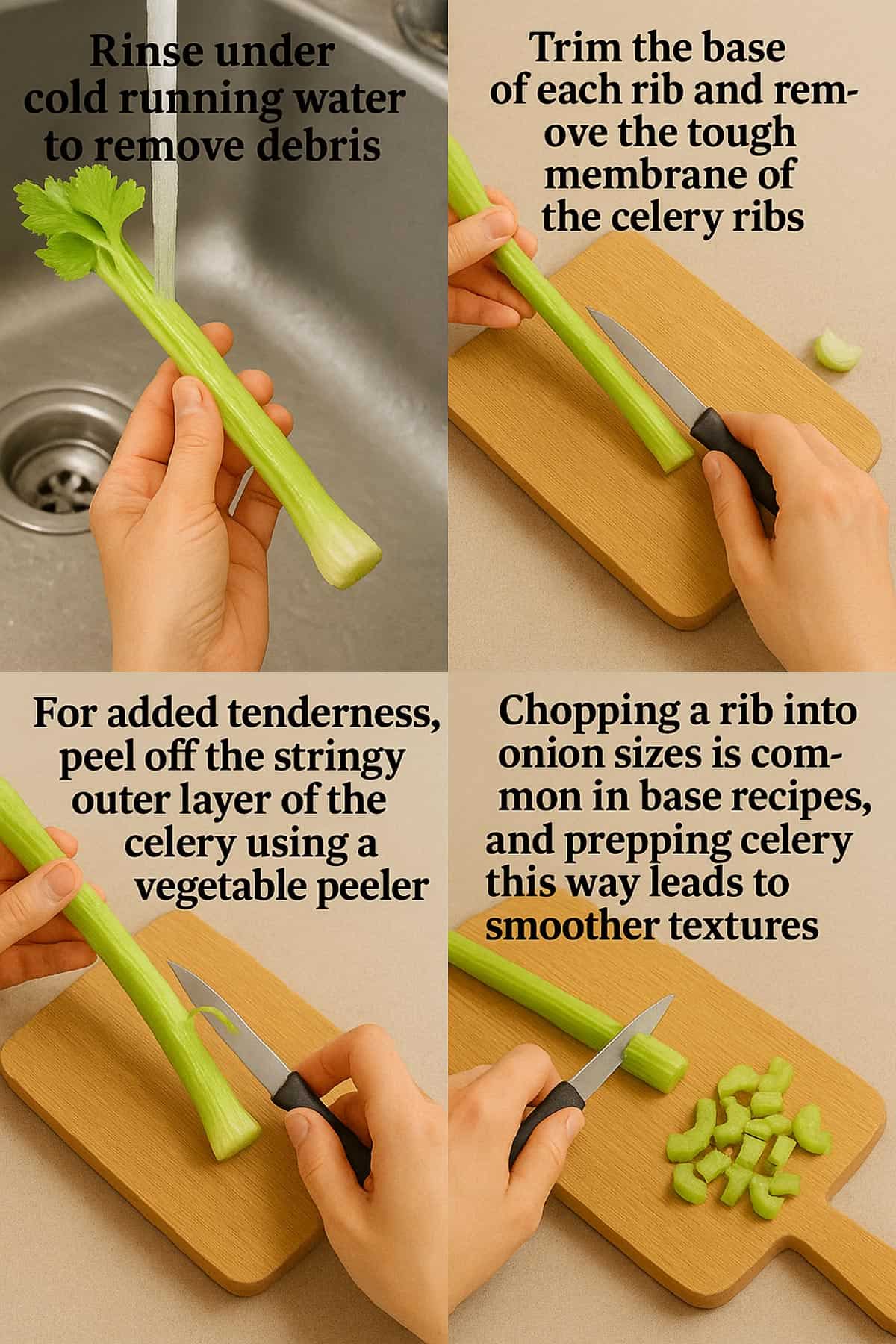
Chopping a rib into onion sizes is common in base recipes, and prepping celery this way leads to smoother textures.
Why Peeling Matters
Peeling helps remove the stringy outer layer that can get caught in your teeth.
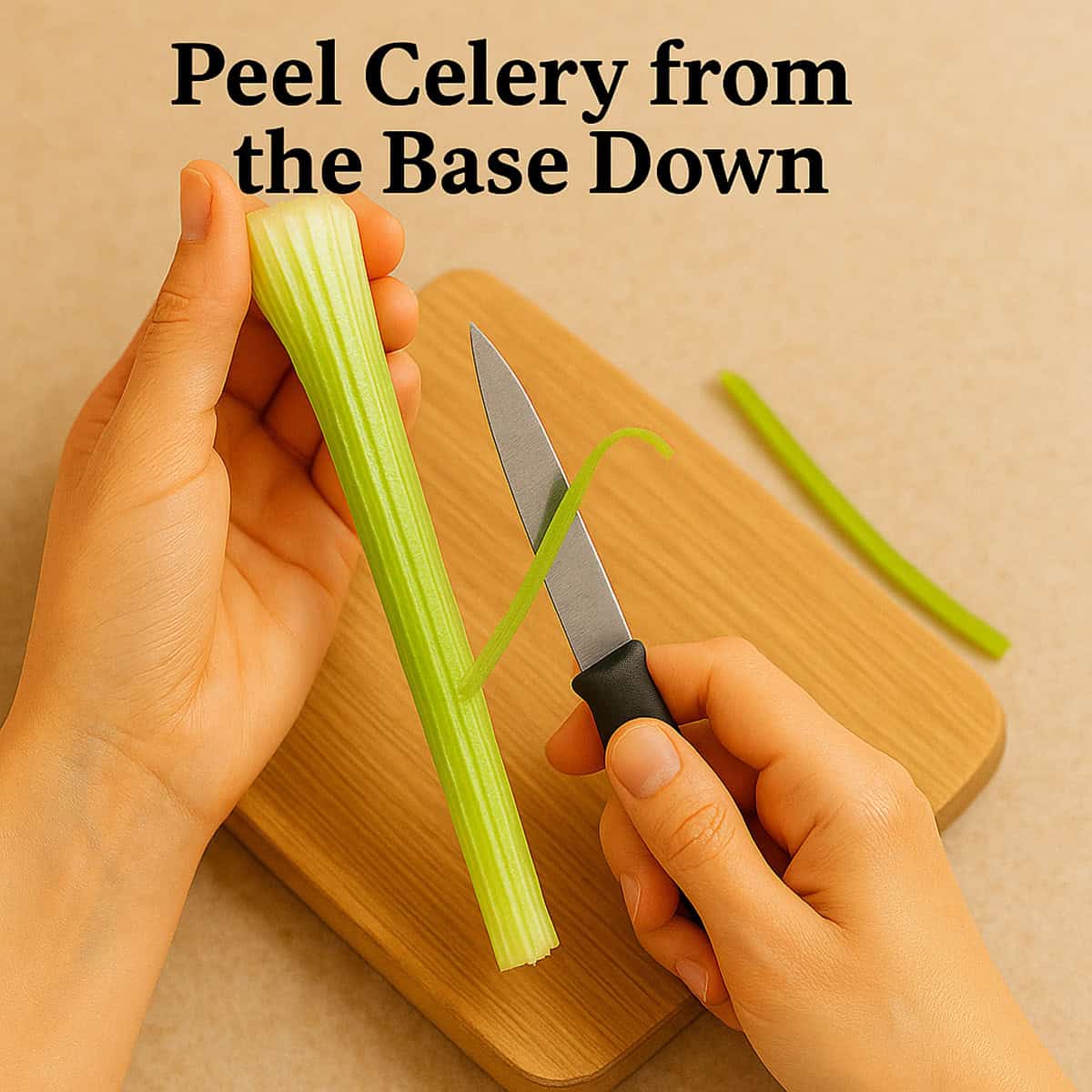
By peeling from the bottom section upward, you expose the smoother, more pleasant texture underneath. This method is particularly helpful when you’re serving raw celery in a salad or veggie tray. Here’s a great food article that shows you how to peel celery.
Celery’s Health Benefits
Celery isn’t just about crunch. It’s high in fiber, rich in vitamin K, and full of hydration. Plus, it’s low in calories. The health benefits of celery include:
- Supporting digestion
- Regulating blood pressure
- Boosting bone health
Whether you’re snacking on your own celery, tossing it into trail mix, or slicing it for dipping, you’re making a smart, heart-healthy choice.
Cooking with Celery: Smart Uses & Storage Tips
Celery adds flavor to so many different recipes, like the moist heat method recipes like this best beef stew, and especially when making stock for gravy or healthy and delicious memade soups.
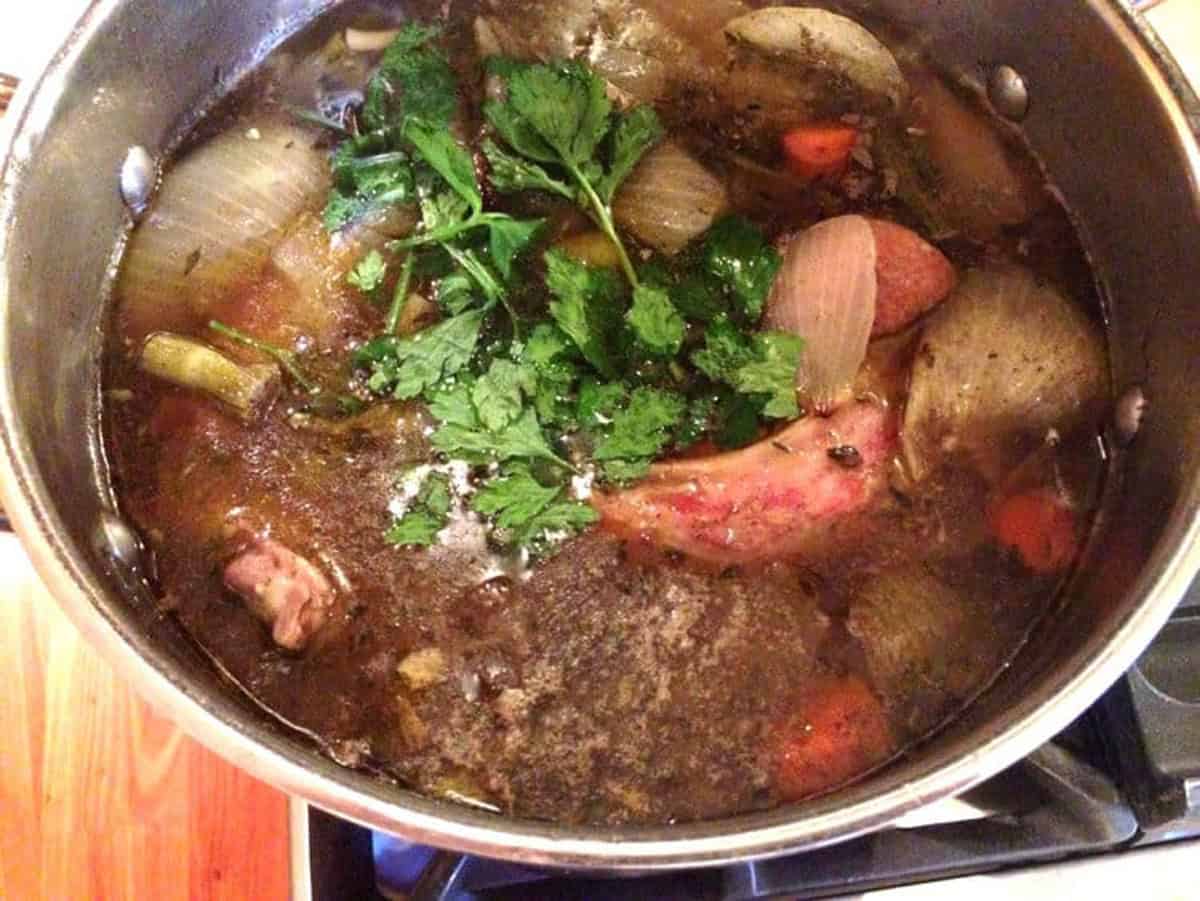
Add diced ribs to a base of fresh herbs and carrots for soups, or roast it alongside other veggies. You can use:
- The whole thing (including leafy tops) for making homemade broth.
- Just the ribs for crunch
- Even celery seeds for seasoning
- Roasted celery can add flavor to help make the best Thanksgiving gravy!
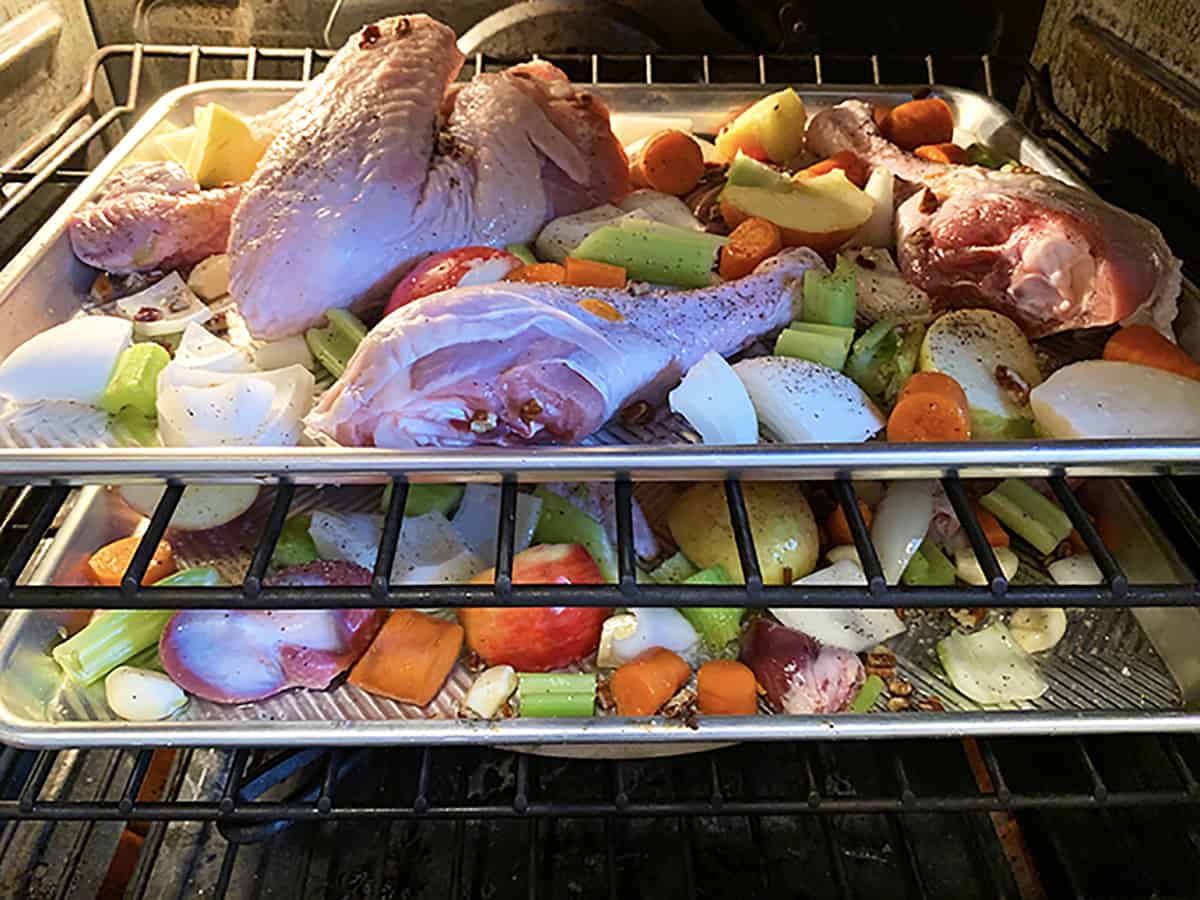
Storage Tips:
- Wrap uncut celery in aluminum foil to help maintain moisture in the cell walls.
- Store chopped celery in an airtight container lined with a damp paper towel.
- Avoid any stalks with brown spots, as they’re past their prime.
Celery thrives in cool, moist places. In nature, it prefers afternoon shade, and in your kitchen, it prefers your crisper drawer.
Cooking with Celery
Understanding the terms celery stalk and celery rib helps prevent recipe mix-ups. Knowing what part of the apium graveolens you’re working with helps ensure better cooking, better flavor, and better results. Plus, if you use the scientific name for celery, people might think you’re a genius!
So whether you’re prepping a beautiful salad, stirring up a hot vegetable soup, or flavoring your next French beef stew. Just remember: one single piece of celery might be all you need.
Questions about Celery
It often incorrectly refers to a single rib, not the entire bunch. Use one rib unless otherwise noted.
Wash under cool running water, trim the base and top.
Store it wrapped in foil or in an airtight container with a damp towel.
Yes! Celery offers major health benefits, including vitamins, fiber, and hydration. You get all this from celery and all for very few calories.
Related Recipes
Celery is use in many dishes, not only can it be eaten by itself as a snack, but you can make a tasty side dish out of it as well, as in this sautéed celery recipe. It’s delicious!
Here are some of our other easy ways to cook with celery.
